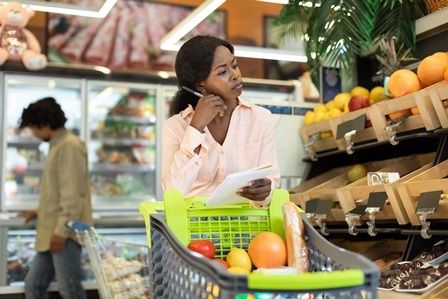
Consumers in South Africa are shifting their shopping habits to deal with rising prices – here’s what changed
South Africans are facing tough financial times, and the rise in food prices has been a central reason.
According to NIQ’s latest State of the Retail Nation analysis, South Africa’s Fast-moving consumer goods (FMCG) sector is now worth more than R593 million in annual sales (to end March 2023). This marks a 13.4% increase from the prior year.
However, this growth is not driven by a sudden jump in sales.
“It’s important to understand that the overall growth we calculate is the combined increase in Value (Rand Sales) and Volume (units sold). The stark reality is that this ‘real’ growth is primarily being driven through price increases and not organic consumption growth,” NIQ South Africa Consumer Panel Commercial Lead Steve Randall said.
Randall added that Consumer Price Inflation (CPI) is often overrepresented when analysing the real impact of food price increases.
“Overall CPI is currently sitting at 6.3% (down from 6.8% in the previous month), and as a result, people say it is cooling – but food inflation is still sitting much higher at 12.2% and has only started to normalize in April/May of this year,” he said.
“The Stats SA food inflation figure has wide recognition in the market and is a useful measure, but it can only realistically look at a subset of items and observed prices at a point in time.”
Whereas NIQ uses barcode-level information across the market gathered via its vast Retail Measurement (scanned barcode data at 10,000 modern trade stores, paired with a statistically representative panel of traditional trade stores), which covers 100,000 FMCG products.
“We use item-level data to calculate inflation and consider items that have sales last year and this year. Due to our granularity, we use a naturally weighted basket (not a statistically estimated basket), which results in a more accurate view,” Randall added.
From chicken and pap to pork and rice
Using the approach, cooking oil experienced the highest rate of annual inflation (up until Q1 2023) with a 40% increase and is the largest contributor towards overall net FMCG inflation.
Cooking oil contributes a 7.2% share of inflation, despite only accounting for less than 2% of total sales.
The increase in cooking oil prices has also created a change in consumer consumption patterns around the product, with the volume of purchases steadily dropping over the last three quarters.
Hence, although the product may be essential to consumers, they are minimising their usage of the product.
The steep increase in prices has also had knock-on effects on another product across the consumption chain, with it a complementary product to frozen chicken, which has also seen a price increase.
Thus, a staple meal – chicken cooked in oil – has seen a dramatic increase in cost.
However, Randall said that there has been a steadying of the price of cooking oil over the last three months, and the NIQ team expects inflation for the product to ease – alongside the range of Top 40 products that it measures.
Consumers will, however, still have to prioritise the short term and might look for cheaper alternatives like pork which is similarly priced to frozen chicken or tinned protection, which offers a longer and more cost-effective shelf life than frozen products.
Additionally, rice – which has seen annual inflation of 1% – may be a better alternative to maize meal, which has seen a 17.6% annual increase.
Randall added that increased promotional intensity, paired with increased promotional seeking consumers, brings down the level of inflation in a particular category.
This is seen in a category like rice, whilst a category such as coffee has seen 15.5% inflation due to the decline in promotions and higher everyday prices.
News Category
- International retailers
- On the move
- Awards and achievements
- Legislation
- Wine and liquor
- Africa
- Going green
- Supplier news
- Research tools
- Retailer trading results
- Supply chain
- Innovation and technology
- Economic factors
- Crime and security
- Store Openings
- Marketing and Promotions
- Social Responsibility
- Brand Press Office
Related Articles
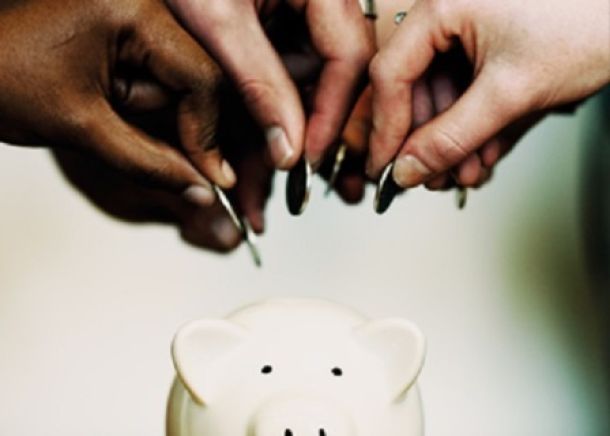
Empowering South African households through gro...
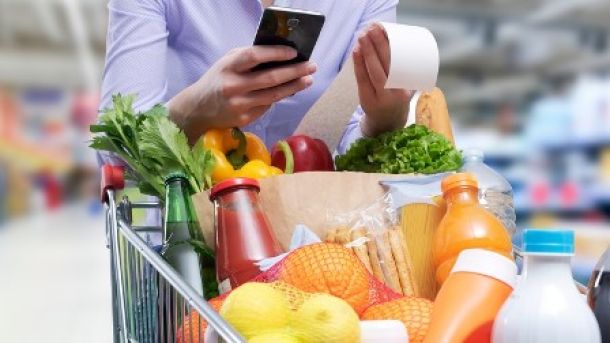
SPAR shares practical tips to beat food inflation
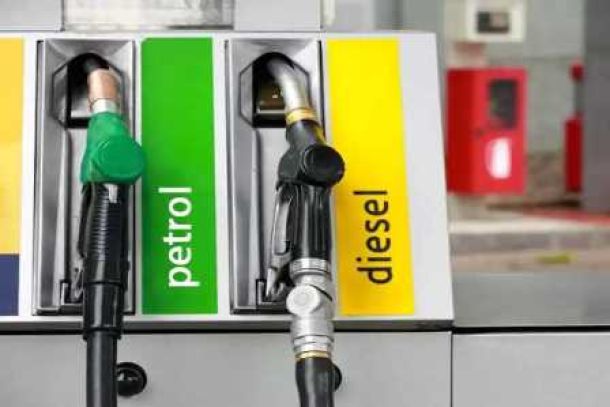
South African motorists could be paying up to R...
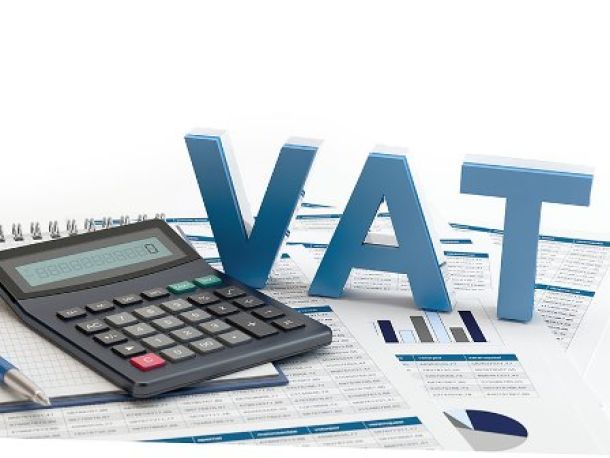
Big VAT changes on the cards


